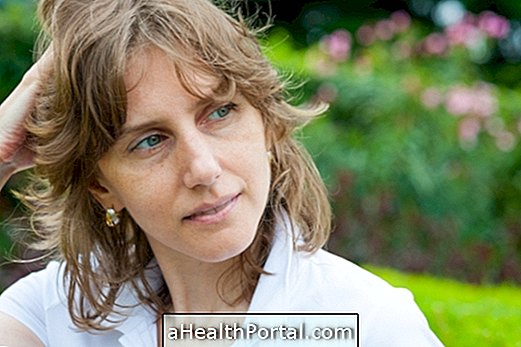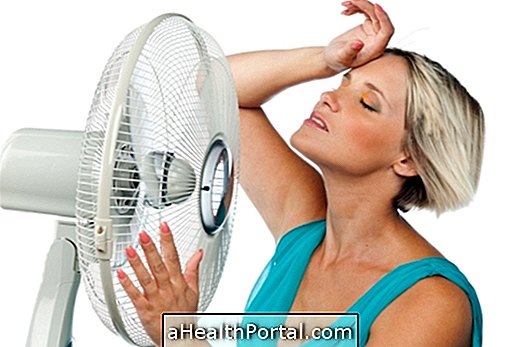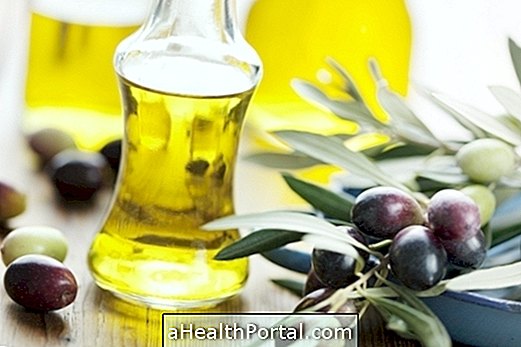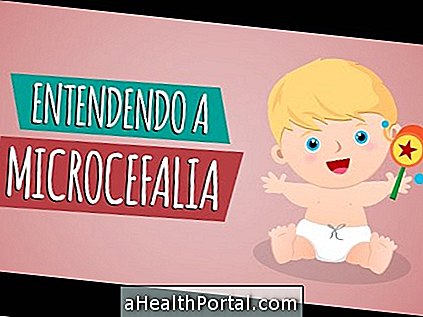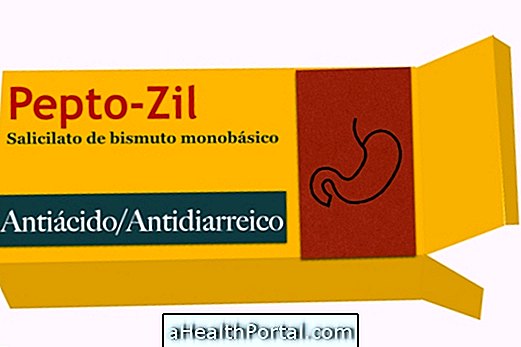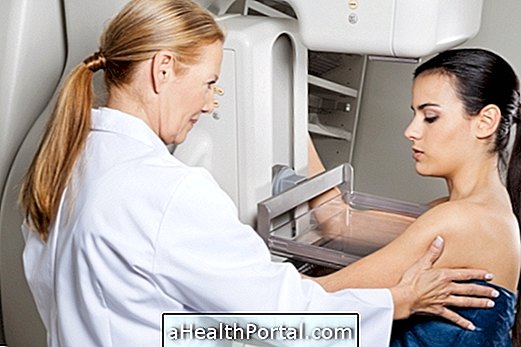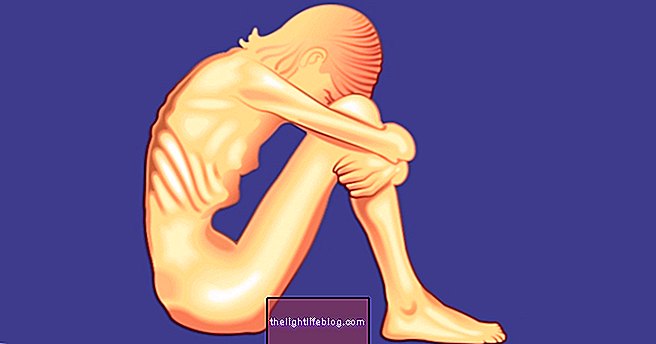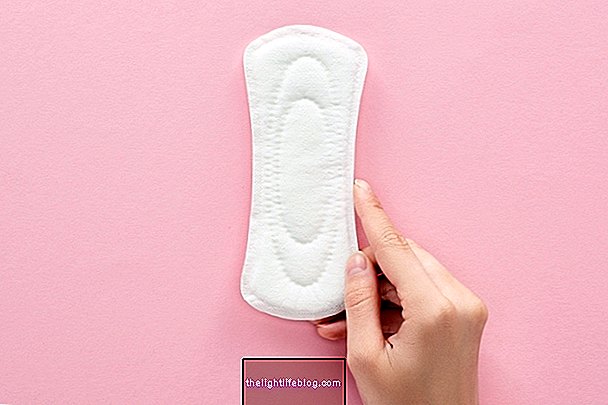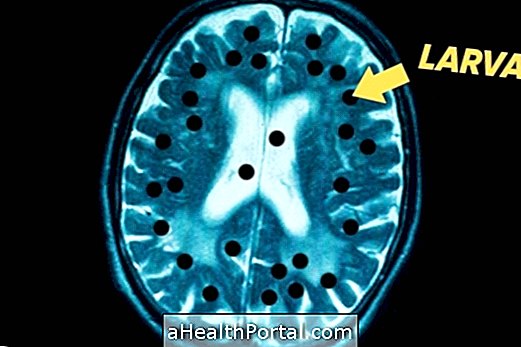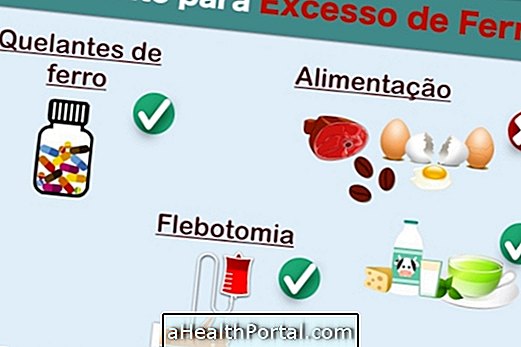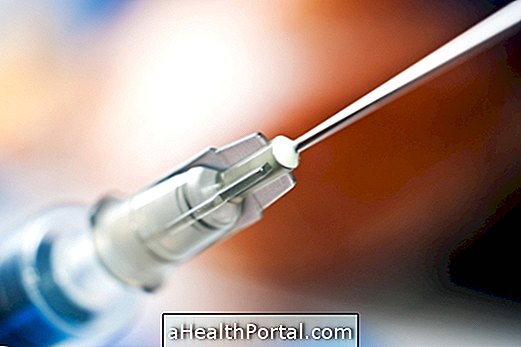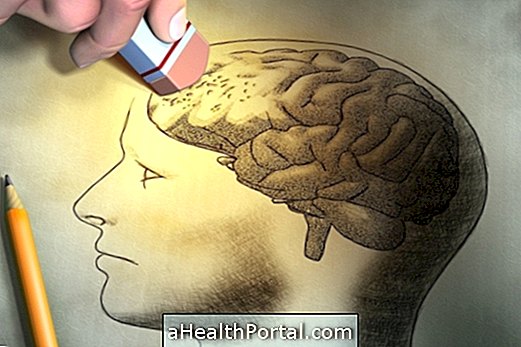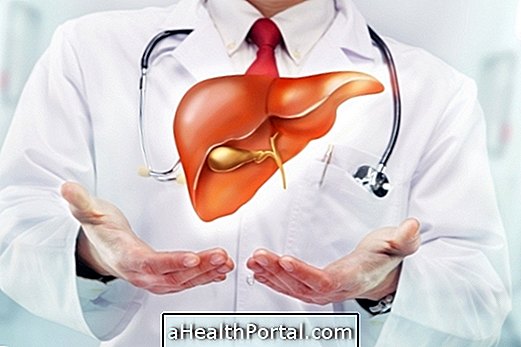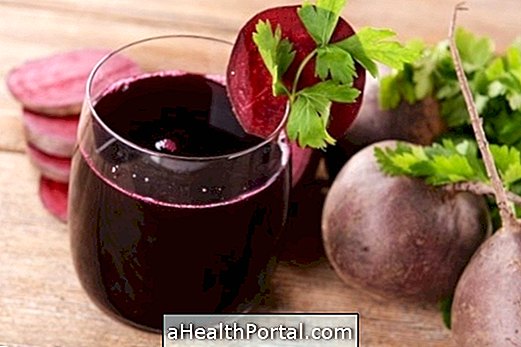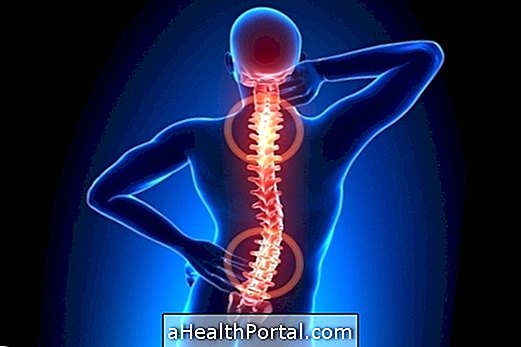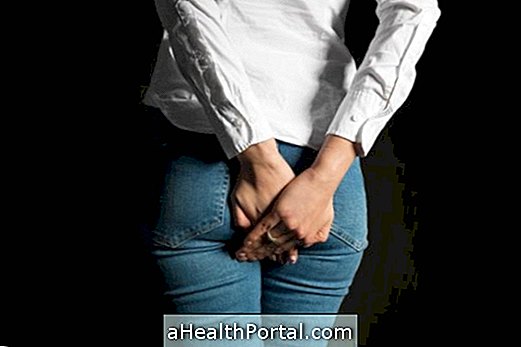Menopause is characterized by the end of menstruation, around the age of 45, and is marked by symptoms such as hot flashes that suddenly appear and the sensation of chills that are soon to follow.
The treatment for menopause can be done through hormonal replacement under the indication of the gynecologist but can also be done in a natural way with the use of herbal medicines.

What happens in menopause
What happens in menopause is that the body stops producing the hormones estrogen and progesterone, and this can generate symptoms like absence of menstruation, heat waves and irritability but not all women perceive these symptoms, for some the menopause can pass almost unnoticed being only diagnosed by the doctor through a blood test that checks the hormonal question.
The symptoms of menopause can arise from the age of 35 and tend to intensify from this age. The age of menopause varies between 40 and 52 years. When it occurs before 40 is called early menopause and when it occurs after 52 years, late menopause.
Some changes that happen in menopause are:
- Brain : changes in mood and memory, irritability, depression, anxiety, headache and migraine;
- Skin : increased sensitivity to heat, redness, acne and dry skin;
- Breasts : increased sensitivity of the breast and lumps;
- Joints : Decreased joint mobility, stiffness;
- Digestive system : Tendency to constipation;
- Muscles : tiredness, back pain, decreased muscle strength;
- Bones : Loss of bone density;
- Urinary system : vaginal dryness, weakening of the muscles that support the rectum, uterus and bladder, tendency to develop urinary and vaginal infections;
- Body fluids : fluid retention and increased blood pressure.
What can be done to lessen the discomfort of menopause is to do the hormone replacement under medical guidance, but to improve the quality of life the woman may follow some guidelines such as eating properly, exercising regularly and taking care of their physical appearance.
Symptoms of menopause
If you think you might be in menopause, take our online test and find out now.
Symptoms of menopause usually include:
- Irregular menstruation, until the woman is at least 12 months without menstruation;
- Absence of menstruation;
- Waves of heat that come up suddenly, even if the woman is in an air-conditioned place;
- Cold sweat that occurs soon after this heat wave;
- Vaginal dryness that makes intimate contact difficult;
- Abrupt changes of mood;
- Anxiety and nervousness even with no apparent cause;
- Insomnia or difficulty sleeping;
- Increased weight and ease in accumulating fat in the abdomen;
- Osteoporosis;
- Depression;
- Sensation of tingling or loss of sensation in any part of the body;
- Pain in the muscles;
- Frequent headache;
- Cardiac palpitation;
- Ringing in the ears.
The diagnosis of menopause is based on the symptoms that the woman reports to the doctor, but in case of doubt, the hormonal decline can be confirmed through a blood test. The severity of the symptoms can be assessed by the table below:
| Symptom | Light | Moderate | Serious |
| Heat wave | 4 | 8 | 12 |
| Paresthesia | 2 | 4 | 6 |
| Insomnia | 2 | 4 | 6 |
| Nervousness | 2 | 4 | 6 |
| Depression | 1 | 2 | 3 |
| Tiredness | 1 | 2 | 3 |
| Muscle pain | 1 | 2 | 3 |
| Headache | 1 | 2 | 3 |
| Heart palpitation | 2 | 4 | 6 |
| Tinnitus in the ear | 1 | 2 | 3 |
| Total | 17 | 34 | 51 |
According to this table menopause can be classified as:
- Mild menopause: if the sum of these values is up to 19;
- Moderate menopause: if the sum of these values is between 20 and 35
- Severe menopause: if the sum of these values is above 35.
Depending on the discomfort that the woman presents she may be able to perform a treatment to reduce these symptoms, but there are women who present little discomfort and therefore can cross this phase without medication.
In addition, although menopause usually appears around the age of 45, it can also appear before age 40, known as early menopause, and has similar symptoms. See What Causes and Symptoms of Early Menopause in Understand What is Early Menopause.
Treatment for menopause

The treatment for menopause can be directed to eliminate the cause or only the symptoms of menopause. Hormone replacement therapy is generally indicated by doctors and consists of taking synthetic hormones for a certain period of time. However hormone replacement is contraindicated in case of:
- breast cancer,
- thrombosis or circulatory problems,
- history of myocardial infarction or stroke;
- liver diseases such as cirrhosis of the liver, for example.
Natural treatment for menopause
Some useful guidelines for the natural treatment for menopause are:
- Take soy supplements, soy lecithin or soy isoflavone to combat hot flashes;
- Take a shower, put your wrists in cold running water or have a cold drink to withstand the heat waves;
- Consume a medicinal plant called Black Cohosh ( Cimicifuga Racemosa ) to decrease vaginal dryness, and apply a lubricating gel before each intercourse;
- Consume uris-grape tea regularly to combat urinary tract infections.
Drinking a cup of strong, sugar-free coffee to fight the headache whenever it appears is a good choice to avoid taking medications.
Besides these options there is the possibility of the woman to follow the homeopathic treatment for menopause with the use of Lachesis muta, Sepia, Glonoinum, Amil nitrosum, sanguinária or Cimicifuga, under the guidance of the homeopathic doctor. Or use herbal treatment for menopause with the use of soy isoflavone blackberry tincture or Black Cohosh, under the guidance of the phytotherapist.
It is advised that anyone who takes the hormonal medicines prescribed by the doctor should not use these medicines at the same time.
Remedy for Menopause
Some examples of menopausal remedies are:
- Estradiol and Didrogesterone - Femoston;
- Estradiol valerate and cyproterone acetate - Climene;
- Venlafaxine - Efexor;
- Gabapentin - Neurotin;
- Natural soothing like passiflora, valerian and St. John's wort;
- Brisdellee.
The gynecologist can indicate the most indicated remedies depending on the symptoms that the woman presents, and for that reason the treatment of the menopause can be different from one woman to another.
Menopause feeding

Menopause feeding can also help relieve the typical symptoms of this phase, so it is indicated:
- Increase the consumption of calcium-rich foods like milk and its derivatives, sardines and soy to help strengthen bones;
- Increase consumption of foods rich in vitamin E like wheat germ oil and green leafy vegetables;
- Give preference to : citrus fruits, whole grains, fish. Flaxseed supplementation may be indicated to improve intestinal transit and control cholesterol.
- Avoid : spicy dishes, acidic foods, coffee and alcoholic beverages, foods high in sugar and fats, such as industrialized, in addition to fatty meats and dairy products.
After the onset of menopause the woman has a greater tendency to put on weight because the metabolism becomes slower and to avoid this increase in weight it is indicated to decrease the daily intake of calories giving preference to the consumption of light foods. Feeding is also important for managing diabetes in menopause as it becomes more difficult to control blood sugar at this stage of life. See What to do to control Diabetes in Menopause.
Check out the video of the nutritionist Tatiana Zanin to know what to eat to relieve the symptoms and feel better:

How to prevent and treat dry skin during menopause
Some helpful tips for avoiding and treating dry skin in menopause are:
- Moisturize your skin daily using body creams and face creams;
- Use liquid soap or moisturizer;
- Avoid sun exposure especially during the hottest times of the day;
- Wear sunscreen whenever you leave the house;
- Drink about 2 liters of water per day;
- Take a vitamin E supplement.
So that the woman finds the well-being in menopause besides circumventing the symptoms caused by the hormonal fall. She may resort to beauty treatments such as botox application, chemical peeling, facelift, laser treatment for varicose veins or liposuction, depending on the need.
Menopause Exercises
Regular practice of menopausal exercises helps keep weight under control and strengthen bones. Some examples of exercises indicated for this phase are: water aerobics, yoga and Pilates because they cause less sweating and favors control of breathing, which can also combat stress. To improve mood do exercises early in the morning under the sunshine is the most indicated.
The indicated one is to carry out at least 30 minutes of exercises daily as this also helps to tone the muscles, thus avoiding the decrease of muscle mass and the consequent exchange for fat.
After menopause the risk of bone fractures is greater, so know when it is necessary to take calcium supplements at this stage of life.

